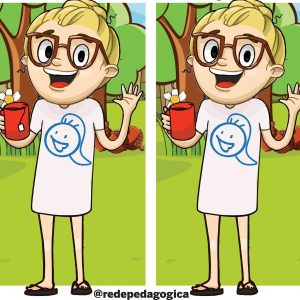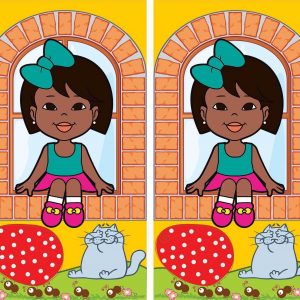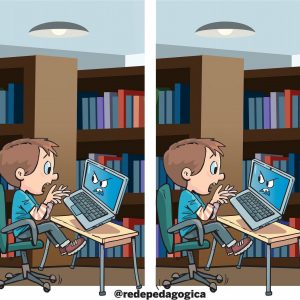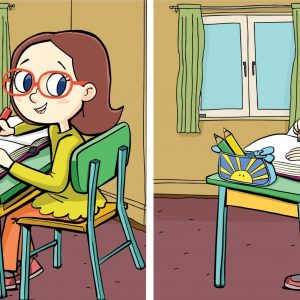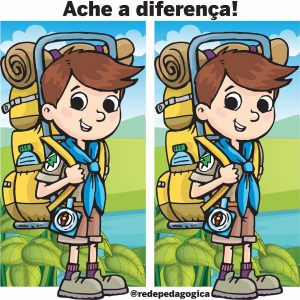Spot the Difference Puzzles: A Fun and Engaging Way to Sharpen Your Mind
Spot the Difference puzzles are an incredibly popular pastime that challenges your mind while providing hours of entertainment. These puzzles feature two images that appear nearly identical, with a few subtle differences hidden between them. Your task is to identify and spot those differences, often under a time limit. But what you may not realize is that these seemingly simple puzzles offer much more than just a fun way to pass the time.
In this article, we will dive into the cognitive benefits of Spot the Difference puzzles, explore how they can improve various mental skills, and provide tips on how to get the most out of solving them.
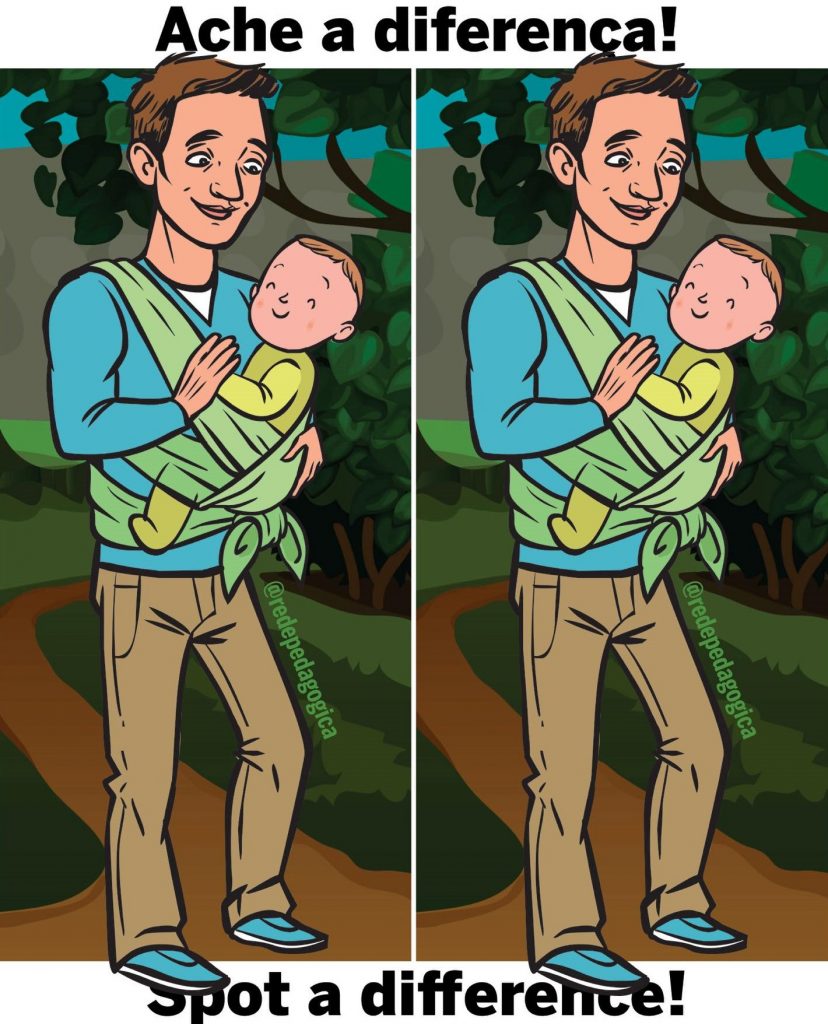
What Are Spot the Difference Puzzles?
At the core, Spot the Difference puzzles are all about finding hidden discrepancies between two similar images. These puzzles can range from very simple to extremely difficult, depending on how many differences are present and how subtle they are. Sometimes the differences are easy to spot, like a missing object or a color change. Other times, they require a more trained eye, with tiny alterations in patterns, shapes, or positioning.
How Do They Work?
Typically, you are presented with two images side by side. Your goal is to examine both images closely and identify all the subtle differences between them. It might sound easy at first, but as you dive into the puzzle, you will quickly realize it requires focus, attention, and sharp observation skills.
The Cognitive Benefits of Spot the Difference Puzzles
While Spot the Difference puzzles are fun and engaging, they also offer a wide range of cognitive benefits. Let’s explore how they help boost brain function and mental sharpness.
Enhancing Attention to Detail
One of the most obvious benefits of these puzzles is that they improve attention to detail. As you work through the puzzle, your brain must pay close attention to every aspect of both images to identify even the smallest differences. This heightened focus trains your brain to notice subtle changes in the environment, improving your overall attention to detail in day-to-day life.

Building Visual Discrimination Skills
The ability to distinguish between similar objects or images is known as visual discrimination. Spot the Difference puzzles enhance your visual discrimination skills by forcing you to carefully analyze the smallest differences. This is particularly useful in tasks such as editing, design, and even driving, where attention to detail is critical.
Improving Memory Retention
Spot the Difference puzzles also help improve memory retention. As you scan the images for differences, your brain works to store and recall visual information. By challenging your memory to recall specific details of the images, you improve both short-term and long-term memory, which can be beneficial in many aspects of life.
Sharpening Working Memory
These puzzles also engage your working memory, which is responsible for temporarily holding and manipulating information. Working memory is essential in problem-solving, decision-making, and learning new tasks. By solving these puzzles, you’re not only improving your ability to spot differences but also strengthening your ability to retain and process information.
Spot the Difference Puzzles for Problem-Solving and Critical Thinking
As you work your way through a Spot the Difference puzzle, you’re engaging in a critical thinking process. While it may seem like a simple task, you’re actually employing a problem-solving approach to identify each difference. This involves breaking down the images, focusing on specific areas, and determining where the variations are located.
Enhancing Analytical Skills
Solving these puzzles requires a methodical and analytical approach. To succeed, you need to analyze the images systematically, examining each part of the picture and comparing it with the other. This encourages logical thinking and problem-solving, which are valuable skills in both personal and professional life.

Promoting Creative Problem-Solving
Spot the Difference puzzles also encourage creative problem-solving. The ability to think outside the box and look for unusual or less obvious differences is an important skill that can be applied in various areas of life, from work to personal projects.
The Relaxing and Stress-Reducing Effects of Spot the Difference Puzzles
Believe it or not, Spot the Difference puzzles can also help reduce stress and promote relaxation. Focusing your attention on a fun and engaging task like this allows you to block out distractions and the stresses of daily life.
Mindful Relaxation
Like many forms of mindfulness, solving Spot the Difference puzzles encourages a focused and calm mental state. It allows you to immerse yourself in a simple, enjoyable activity that helps clear your mind and reduce stress. As you focus on the puzzle, you naturally shift your attention away from negative thoughts, helping you relax.
Stress Relief Through Focus
When you’re solving a puzzle, your brain is focused entirely on the task at hand, which helps take your mind off worries and anxiety. This concentrated mental exercise can promote stress relief and provide a brief respite from the demands of daily life.

Spot the Difference Puzzles for All Ages
While Spot the Difference puzzles are often thought of as a children’s activity, they’re actually a great way for people of all ages to improve their cognitive skills. Whether you’re a child developing important learning skills, an adult looking to enhance your memory and focus, or a senior maintaining brain health, Spot the Difference puzzles have something to offer.
For Children: Learning Through Play
For children, Spot the Difference puzzles are a fun way to improve skills such as attention, focus, and visual recognition. These puzzles are especially helpful in developing problem-solving abilities, which are critical during early learning stages.
Building Early Cognitive Skills
Through these puzzles, children can practice essential skills like observation, concentration, and memory. The puzzles provide a fun challenge that encourages critical thinking and helps boost a child’s academic performance in school.
For Adults: Brain Training and Mental Stimulation
For adults, Spot the Difference puzzles can serve as excellent brain exercises. Just like physical exercise helps the body stay fit, mental exercises like these puzzles keep the brain active and engaged, promoting better focus, memory, and problem-solving abilities.
Maintaining Cognitive Health
As we age, it’s important to keep our brains sharp. Solving puzzles like these provides mental stimulation that can help ward off cognitive decline. Research has shown that engaging in mentally challenging activities can reduce the risk of Alzheimer’s and other forms of dementia.
For Seniors: Cognitive Maintenance and Memory Boost
Seniors can benefit from Spot the Difference puzzles by maintaining their cognitive abilities and boosting memory retention. These puzzles provide a fun and engaging way to work the brain, helping seniors retain mental sharpness and improve problem-solving skills.

Conclusion: Why Spot the Difference Puzzles Are Worth Your Time
In conclusion, Spot the Difference puzzles are much more than just a fun activity. They provide an excellent way to enhance your cognitive abilities, including attention to detail, memory retention, and problem-solving skills. Whether you’re looking to sharpen your mind, reduce stress, or simply have some fun, these puzzles offer a perfect blend of entertainment and mental exercise.
By regularly engaging in Spot the Difference puzzles, you can improve your focus, analytical thinking, and memory while enjoying a relaxing and satisfying activity. So, the next time you come across a puzzle, take a moment to appreciate its cognitive benefits—and have fun while solving it!
